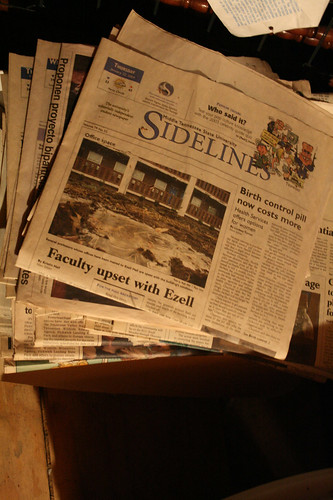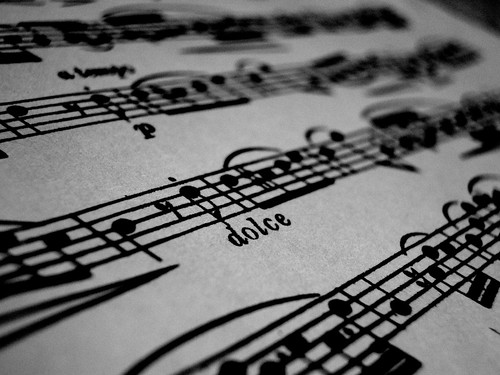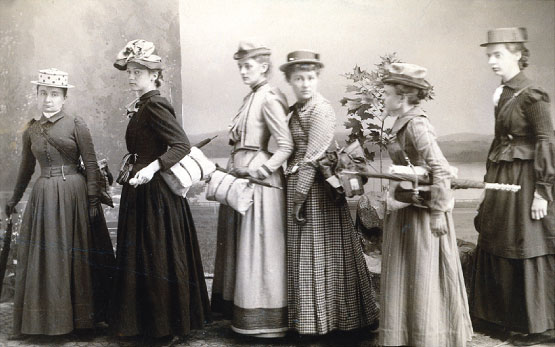
What are Primary and Secondary sources?
Watch this video to learn the difference between Primary and Secondary sources:
A primary source is a first hand testimony, document, speech or other evidence that gives insight into a particular person or an event.
They are often created during the time period which is being studied but can also be produced later by eyewitnesses or participants.
Primary sources are available in their original format in libraries, museums, archives, and are also reproduced online in library databases, books, and on university, government, and museum websites.









Image Attributions (in order of appearance)
"Film" (Links to an external site.) by John is licensed under CC BY 2.0 (Links to an external site.)
"Newspapers (Links to an external site.)" by Lindsey Turner is licensed under CC BY 2.0 (Links to an external site.)
"Diary (Links to an external site.)" by Barnaby Dorfman is licensed under CC BY 2.0 (Links to an external site.)
"Italian painting still life with flowers from the early 20th century (Links to an external site.)" by Umberto Avico is licensed under CC BY-NC-SA 2.0 (Links to an external site.)
"Movie Night (Links to an external site.)" by sgrace is licensed under CC BY-NC 2.0 (Links to an external site.)
"Music (Links to an external site.)" by Jesse Kruger is licensed under CC BY-NC 2.0 (Links to an external site.)
"building (Links to an external site.)" by George Lezenby is licensed under CC BY-NC-SA 2.0 (Links to an external site.)
"DNA (Links to an external site.)" by AJC1 is licensed under CC BY-SA 2.0 (Links to an external site.)
"hopi_tewa_bowl_signed_6D3937 (Links to an external site.)" by Steve Miller is licensed under CC BY-NC-SA 2.0
Secondary sources interpret historical events by examining primary sources and sometimes other secondary sources, such as books and journal articles.
For example, read this post about women's fashion at Vassar College called "Vassar Fashion. (Links to an external site.)" The article is a secondary source, while the photograph below is a primary source.

Attributions
Image: "Vassar women’s 1890s hiking attire." Retrieved from "Vassar Fashion (Links to an external site.)" by Peter Bronski in Vassar: The Alumnae/i Quarterly, Winter 2011 edition.
Did you know that when you visit museums you are almost always looking at primary sources in-person?! For example, the Los Angeles County Museum of Art, or LACMA, houses art and artifacts which you can visit in-person (Links to an external site.) at the museum, or see reproduced online (Links to an external site.).
Archives are similar to museums in that they collect primary source materials, but they are often specific to a government institution (like a city or state archive) or university. Many archives reproduce their collections digitally and post them online. For example, the Internet Archive (Links to an external site.) is an online archive of websites, movies, books, and more that can be accessed online.
Primary sources can also be reproduced in sources like books and DVDs, which can be found at public and college libraries. To find primary sources at the LACC Library, first access our the LACC catalogLinks to an external site. on the library web page and use search terms like:
For example, the book The Diary of a Young Girl, by Anne Frank is a primary source. This first-hand account of a young Jewish girl's experience during the Holocaust.
You can always start with OneSearch: It searches all 120 databases that LACC has:
Here is a simple search in OneSearch using Los Angeles AND Local History. Then just use the filters and Limiters on the left hand side to narrow or expand your results. I used the Scholarly Articles filter in the example below.
OneSearch: Los Angeles AND Local History
More Databases for Secondary Sources: